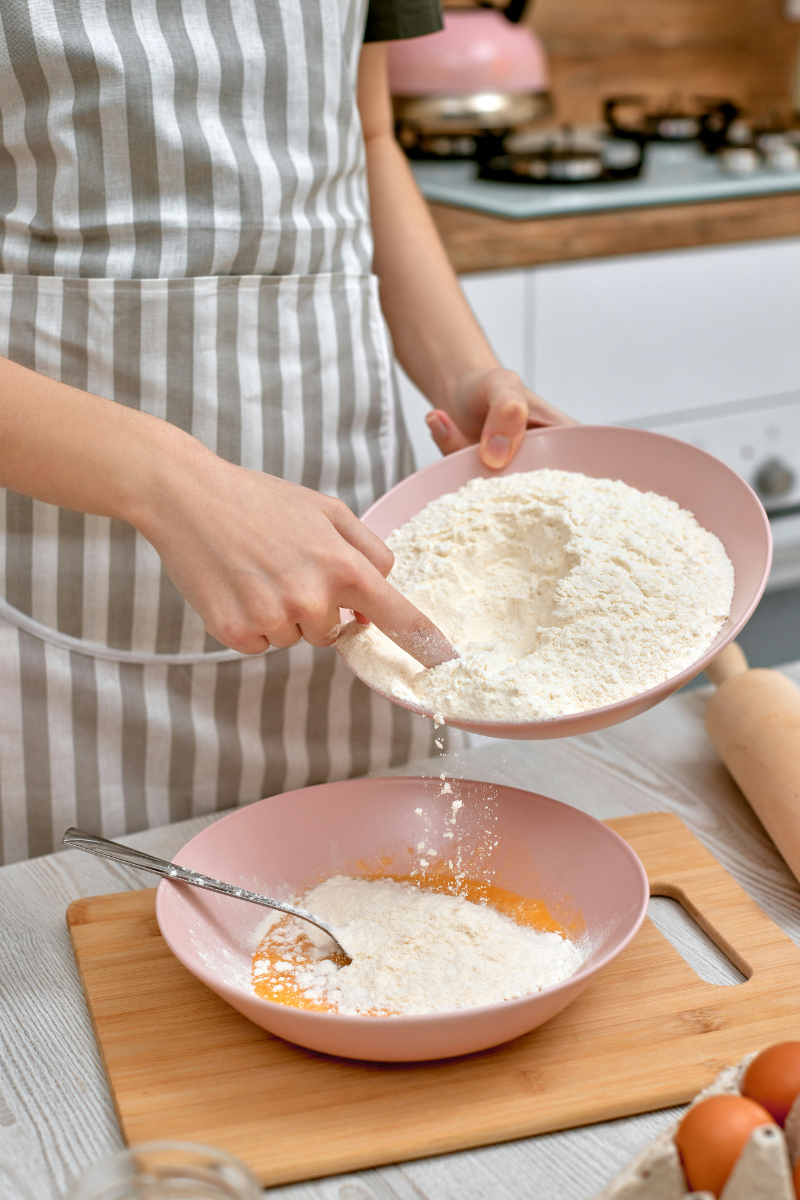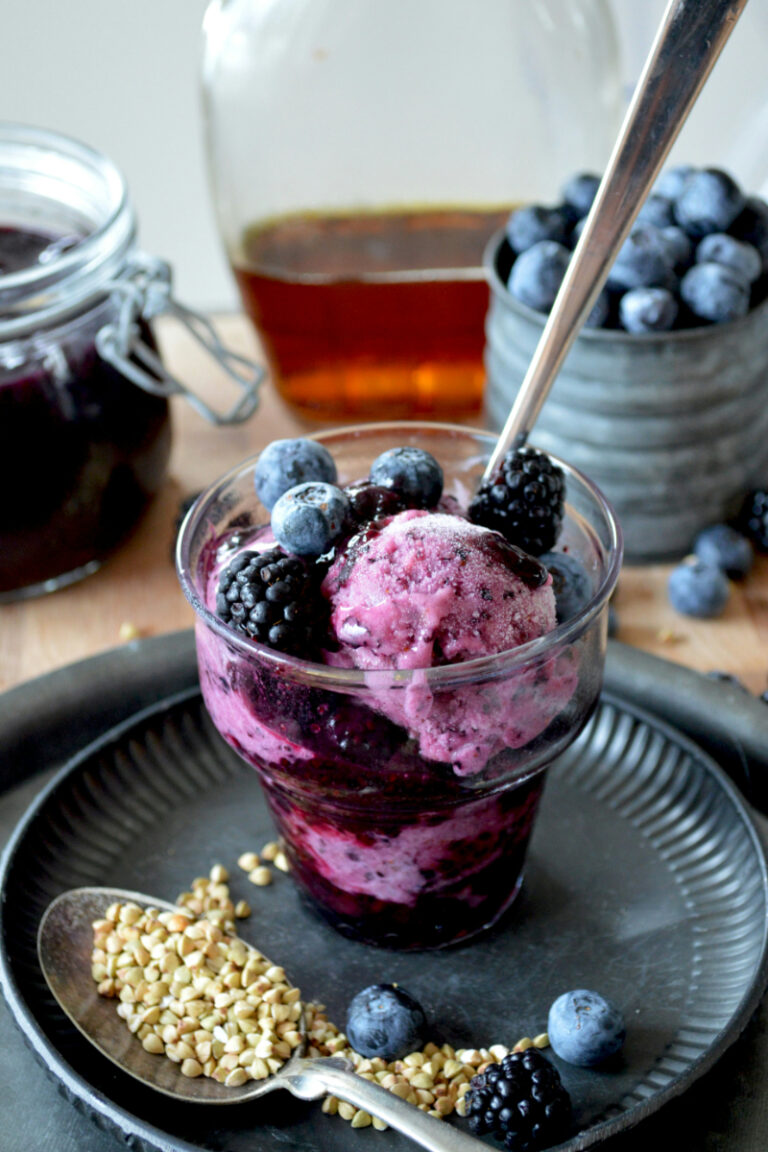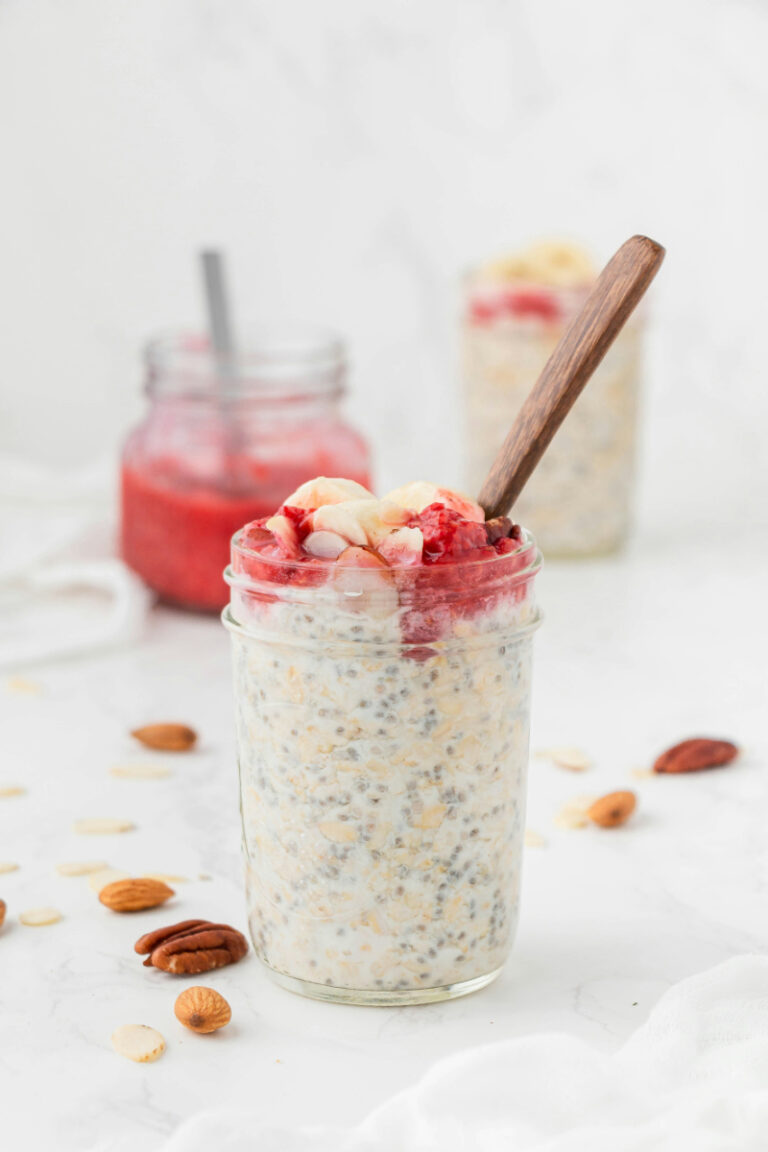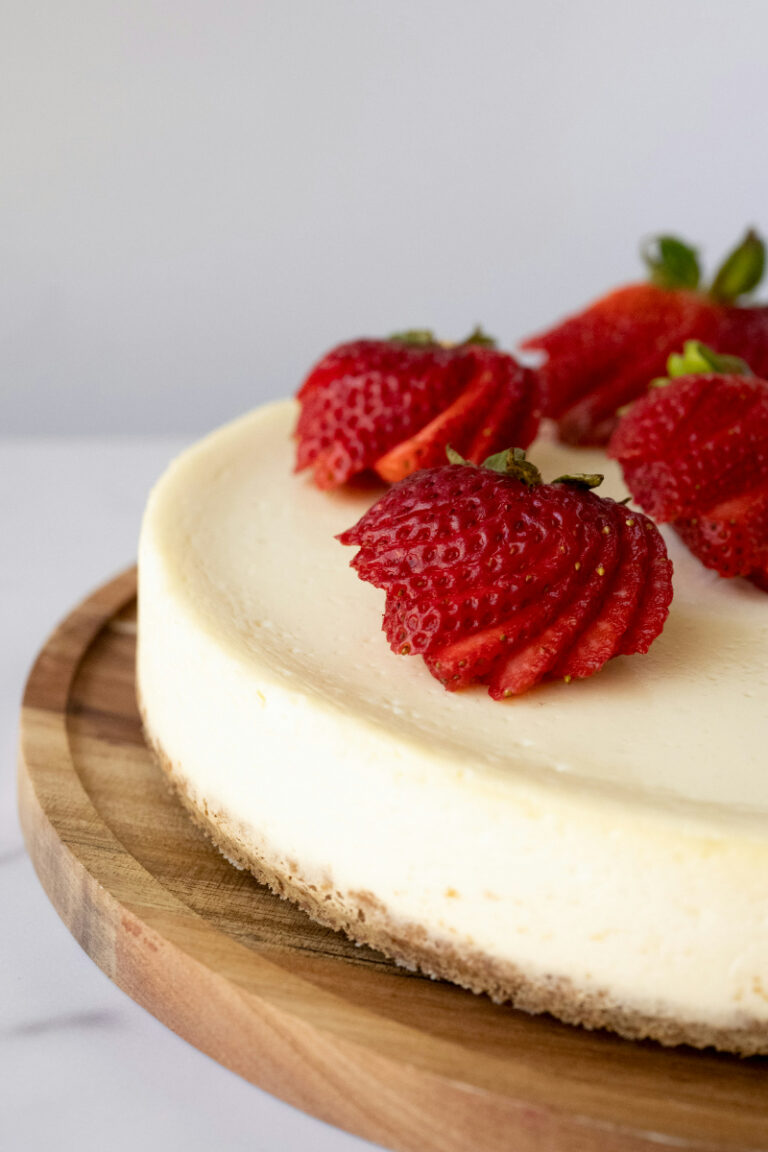Low Carb Flours for Bread: A Guide to Healthier Baking
Are you looking for a way to enjoy bread without compromising your low-carb diet? Look no further than low-carb flours! By using flours with fewer carbs, you can still enjoy the taste and texture of bread without the guilt. In this article, we will introduce you to some of the best low-carb flours for bread and provide tips on how to use them in your baking.
One of the most popular low-carb flours for bread is almond flour. Almond flour is made from ground almonds and is a great substitute for wheat flour in bread recipes. Not only is it low in carbs, but it is also high in protein and healthy fats, making it a nutritious choice for your baking needs. Another benefit of almond flour is that it has a slightly sweet taste, which can add a unique flavor to your bread.
Another low-carb flour option for bread is coconut flour. Coconut flour is made from ground coconut meat and is a great option for those who are allergic to nuts. It is also high in fiber and protein, making it a filling and nutritious choice. However, coconut flour can be a bit tricky to use in baking, as it absorbs more liquid than other flours. But with the right recipe and some practice, you can create delicious and low-carb bread using coconut flour.
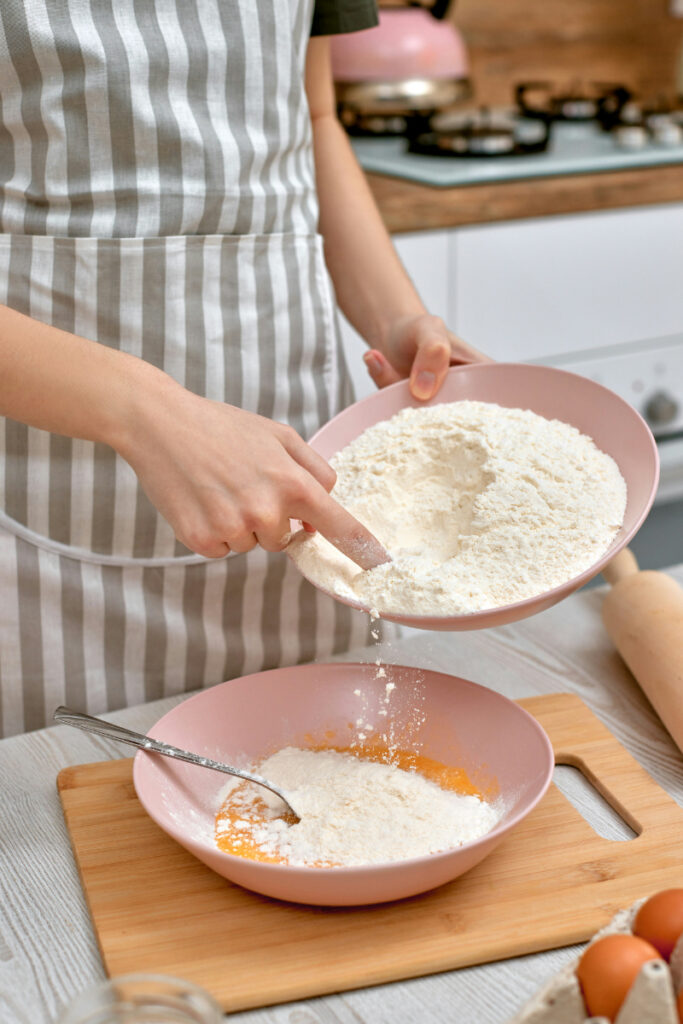
Understanding Low Carb Flours
If you’re following a low carb diet, you may be wondering how to still enjoy bread and baked goods. The good news is that there are several low carb flours available that can be used as a substitute for traditional wheat flour. In this section, we’ll discuss the benefits of low carb flours, the types available, and their nutritional comparison.
Benefits of Low Carb Flours
Low carb flours offer several benefits over traditional wheat flour. They are usually higher in fiber, protein, and healthy fats, which can help keep you feeling fuller for longer. Additionally, they tend to have a lower glycemic index, meaning they won’t cause a spike in blood sugar levels. This makes them a great option for those with diabetes or those trying to manage their blood sugar levels.
Types of Low Carb Flours
There are several types of low carb flours available, each with their own unique properties. Some of the most popular options include:
- Almond flour: Made from ground almonds, almond flour is a popular low carb flour option. It has a slightly sweet flavor and can be used in a variety of baked goods.
- Coconut flour: Made from ground coconut meat, coconut flour is high in fiber and low in carbs. It has a slightly sweet flavor and is great for making pancakes, waffles, and bread.
- Flaxseed meal: Made from ground flaxseeds, flaxseed meal is high in fiber and healthy fats. It has a nutty flavor and can be used in a variety of baked goods.
- Psyllium husk powder: Made from the husks of psyllium seeds, psyllium husk powder is high in fiber and can help improve digestion. It can be used as a binding agent in baked goods.
Nutritional Comparison
When comparing low carb flours, it’s important to look at their nutritional composition. The table below shows a comparison of the nutritional content of almond flour, coconut flour, and wheat flour per 100 grams:
| Nutrient | Almond Flour | Coconut Flour | Wheat Flour |
|---|---|---|---|
| Calories | 610 | 400 | 407 |
| Fat | 54 g | 23 g | 1.2 g |
| Carbohydrates | 10 g | 57 g | 87 g |
| Fiber | 7 g | 36 g | 3.5 g |
| Protein | 21 g | 16 g | 10 g |
As you can see, almond flour and coconut flour are both higher in fat and protein and lower in carbs than wheat flour. They are also higher in fiber, which can help keep you feeling fuller for longer. When using low carb flours in your baking, be sure to adjust your recipes accordingly, as they may require different ratios of flour and liquid.
Baking with Low Carb Flours
If you are looking for a healthier alternative to traditional wheat flour, low carb flours are a great option. Not only do they contain fewer carbohydrates, but they are also high in fiber and protein, making them a nutritious choice for bread making.
Tips for Bread Making
When baking with low carb flours, it is important to keep in mind that they have different properties than wheat flour. For example, they may not rise as much or have the same texture as bread made with wheat flour. Here are some tips to help you get the best results:
- Use a combination of low carb flours: Combining different low carb flours can help you achieve a more balanced texture and flavor in your bread.
- Add extra liquid: Low carb flours tend to absorb more liquid than wheat flour, so you may need to add extra liquid to your dough.
- Use a binding agent: Gluten is what gives bread its elasticity and structure. Since low carb flours do not contain gluten, you may need to use a binding agent such as xanthan gum or psyllium husk to help your bread hold together.
- Experiment with different recipes: Baking with low carb flours can be a fun and creative process. Don’t be afraid to experiment with different recipes and ingredients to find what works best for you.
Recipe Adjustments
When adapting a recipe to use low carb flours, you may need to make some adjustments to the ingredients and measurements. Here are some common adjustments to consider:
- Reduce the amount of flour: Since low carb flours are denser than wheat flour, you may need less of them to achieve the same volume in your bread.
- Increase the amount of liquid: As mentioned earlier, low carb flours tend to absorb more liquid than wheat flour, so you may need to add extra liquid to your dough.
- Use a different leavening agent: If your bread is not rising enough, you may need to use a different leavening agent such as baking powder or yeast.
- Adjust the baking time: Since low carb flours may require a longer baking time, you may need to adjust the baking time accordingly.
Gluten-Free Options
If you are looking for a gluten-free option, low carb flours are a great choice. Not only are they naturally gluten-free, but they also contain more fiber and protein than traditional gluten-free flours such as rice flour or potato starch. Here are some popular low carb flours that are also gluten-free:
- Almond flour: Made from ground almonds, almond flour is high in protein and healthy fats.
- Coconut flour: Made from ground coconut meat, coconut flour is high in fiber and low in carbohydrates.
- Lupin flour: Made from ground lupin beans, lupin flour is high in protein and fiber and has a nutty flavor.
- Psyllium husk: Although not a flour, psyllium husk is a high-fiber ingredient that is commonly used in gluten-free bread recipes to add structure and texture.
With these tips and adjustments, you can successfully bake delicious and nutritious bread using low carb flours.
Popular Low Carb Flour Alternatives
If you’re looking to make low-carb bread, there are several flour alternatives to choose from. Here are three popular options:
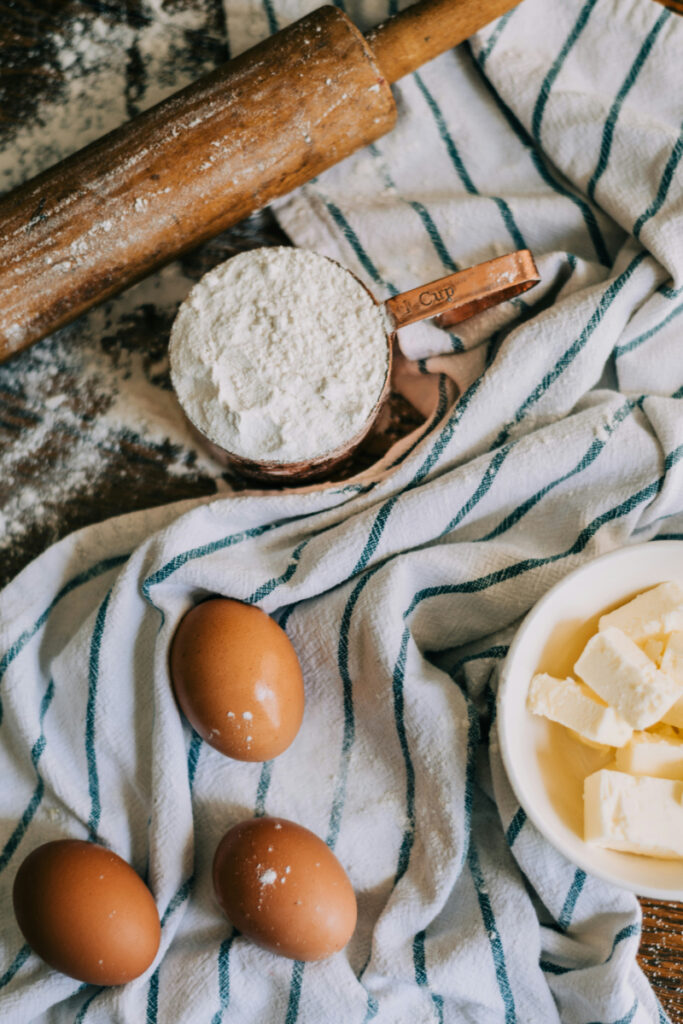
Almond Flour
Almond flour is a great low-carb flour alternative for bread. It’s made from ground almonds and is high in protein, healthy fats, and fiber. Almond flour is also gluten-free, making it a great option for those with celiac disease or gluten intolerance.
When using almond flour in bread recipes, it’s important to note that it doesn’t rise as well as wheat flour. To compensate for this, you can add baking powder or baking soda to your recipe. You can also mix almond flour with other low-carb flours to create a more well-rounded texture.
Coconut Flour
Coconut flour is another popular low-carb flour alternative for bread. It’s made from ground coconut meat and is high in fiber and healthy fats. Coconut flour is also gluten-free and has a low glycemic index, making it a great option for those with diabetes or other blood sugar issues.
When using coconut flour in bread recipes, it’s important to note that it absorbs more liquid than other flours. This means that you’ll need to use more liquid in your recipe to compensate. You can also mix coconut flour with other low-carb flours to create a more well-rounded texture.
Flaxseed Meal
Flaxseed meal is a great low-carb flour alternative for bread. It’s made from ground flaxseeds and is high in fiber, healthy fats, and omega-3 fatty acids. Flaxseed meal is also gluten-free and has a low glycemic index, making it a great option for those with diabetes or other blood sugar issues.
When using flaxseed meal in bread recipes, it’s important to note that it doesn’t rise as well as wheat flour. To compensate for this, you can add baking powder or baking soda to your recipe. You can also mix flaxseed meal with other low-carb flours to create a more well-rounded texture.
Purchasing and Storing Low Carb Flours
Where to Buy
Low carb flours are becoming increasingly popular, and you can find them in most grocery stores or online. Look for almond flour, coconut flour, and flaxseed meal in the baking aisle of your local grocery store. If you’re looking for a wider variety of low carb flours, try checking out health food stores or online retailers. Some popular online retailers include Amazon, Thrive Market, and Bob’s Red Mill.
When purchasing low carb flours, be sure to check the label for the net carb count. The net carb count is the total amount of carbohydrates minus the amount of fiber. Aim for flours with a net carb count of 5 grams or less per serving.
Storage Tips
Low carb flours have a shorter shelf life than traditional wheat flour. To extend the shelf life of your low carb flours, store them in a cool, dry place, such as your pantry. If you live in a humid environment, consider storing your low carb flours in the refrigerator or freezer.
Here are some storage tips for specific low carb flours:
- Almond Flour: Store almond flour in an airtight container in the refrigerator or freezer to prevent it from going rancid.
- Coconut Flour: Coconut flour is highly absorbent and can quickly go bad if exposed to moisture. Store coconut flour in an airtight container in the refrigerator or freezer.
- Flaxseed Meal: Flaxseed meal should be stored in an airtight container in the refrigerator or freezer to prevent it from going rancid.
